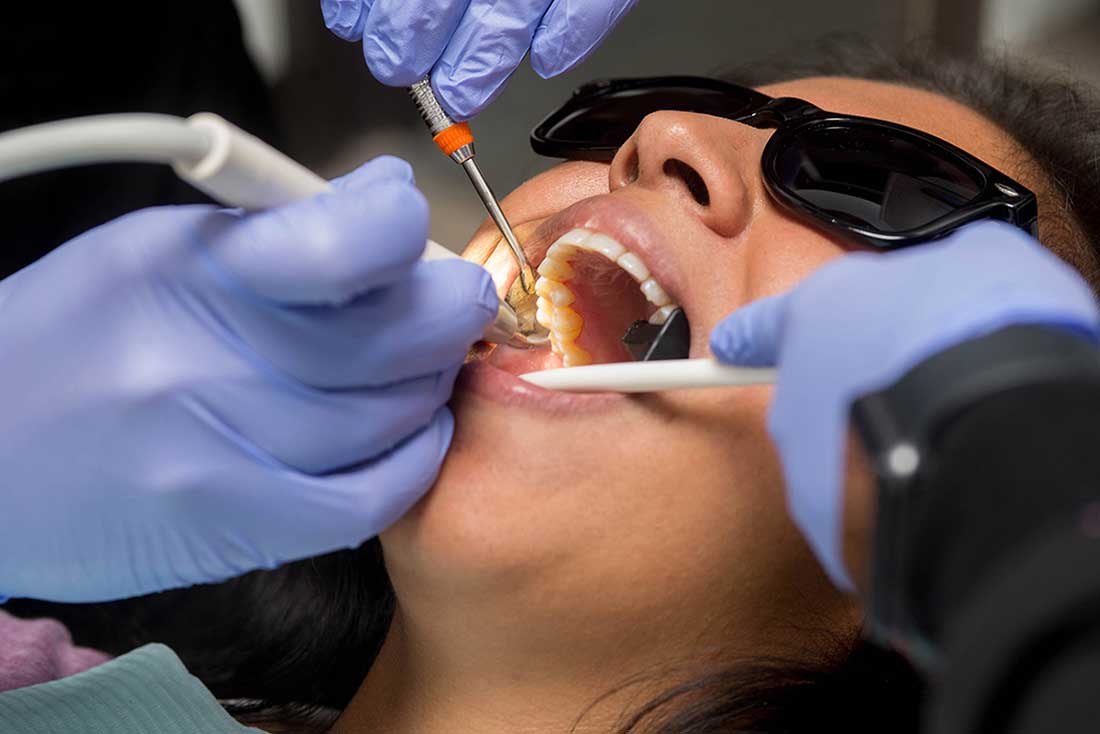People who have lost their teeth through extractions often think that the problem is over. Only a few of them know the importance of having a ridge preservation treatment done.
It is extremely beneficial to preserve your jawbone after pulling out one or more teeth. Dental bone grafting will fortify your socket with a new dental bone graft and allow you to develop a new structure. Without a process like this, you could easily develop a sunken mouth that most seniors have. This can be so bad in an era when numerous people can do anything to retain their youthfulness. That’s why you must have your oral surgeon perform a ridge preservation treatment as soon as possible. It will provide the following advantages:

First, your professional dentist will remove your decayed tooth while ensuring that the existing bone in the socket is not disturbed. Next, he or she will place a special type of dental bone grafting item in the socket. Common kinds include xenograft, alloplastic, autogenous graft, and allograft. This grafting material is made to substitute your bone and arouse bone growth inside the empty socket. After the placement procedure, the dentist will stabilize the grafting material using stitches and a collagen membrane. The process of healing can take months, usually three to five months. When healing occurs, your dentist will carry out the implantation process.

Houston | Katy | Montrose | West University Place | Greater Third Ward | Greater East End | North East Houston | Houston Heights | Central Northwest | Fairbanks | Acres Home | East Houston | Southeast Houston | Central Southwest | Fort Bend Houston | Brays Oaks | Meyerland Area | Sharpstown | Alief | Westchase | Memorial | Northwest Houston | Katyland | Whispering Lakes | Pine Lakes | Woodcreek Reserve
People don’t have to wait until they have lost significant tissue and bone to get ridge preservation treatment done. They can do it at the same time as having their tooth extracted or a few weeks after. The aim is to preserve or build your jawbone when it is not sufficient for dental implants to be fixed. Your bone must be of adequate width and height to get a dental implant, and it is a known fact that many people experience bone loss (30 to 60 percent in the first year) after having a tooth removed.
As a result, the earlier you undergo a dental bone grafting procedure, the easier it will get to protect your bone from loss. Advanced dental clinics have surgeons who can add dental bone grafts to fresh teeth extraction sites via ridge preservation or socket preservation surgery. Additionally, they can add a dental bone graft to the jaw if it lacks sufficient bone width and height—ridge augmentation. Moreover, they can carry out a sinus augmentation surgery or a sinus lift. These processes are the most effective and inexpensive ways to conserve your bone ridge’s structure (width and height). If the height is inadequate, your dentist will add a dental bone graft to your sinus floor. Give your favorite dentist a call or a visit today to learn more about dental bone graft costs.
No Insurance? No problem.
© Copyright 2025 | Designed & SEO Optimized by The Doctors Marketing
Disclaimer: URBN Dental uses restorative materials such as Admira Fusion® by VOCO, which are free of BPA and Bis-GMA, and are not known to degrade into microplastics under normal oral conditions. While marketed as biocompatible and free of traditional plastic monomers, no dental material is guaranteed to be completely risk-free for all patients. This information is provided for educational purposes and does not constitute medical or regulatory advice.

Discover your perfect smile with a FREE Invisalign assessment.

Receive a complimentary 3D scan ($300 value) when you proceed with implant care.

Speak with our experts about your smile goals from the comfort of your home.
Discuss your smile goals with our experts—choose an in-office visit or a convenient 15-minute phone consult.

Quick, affordable care when you need it most.

Have questions about implants? Get personalized guidance in a brief phone call.